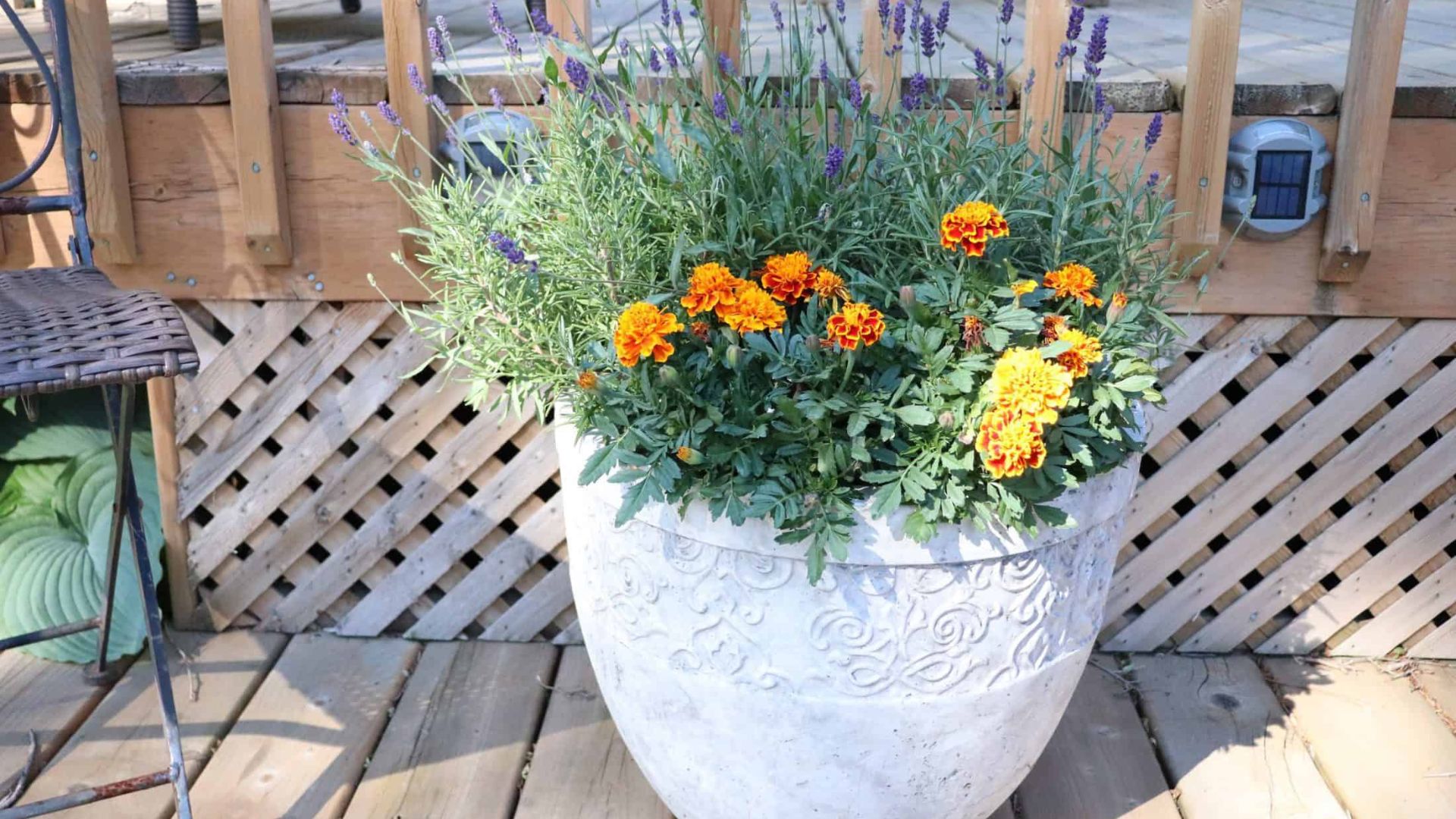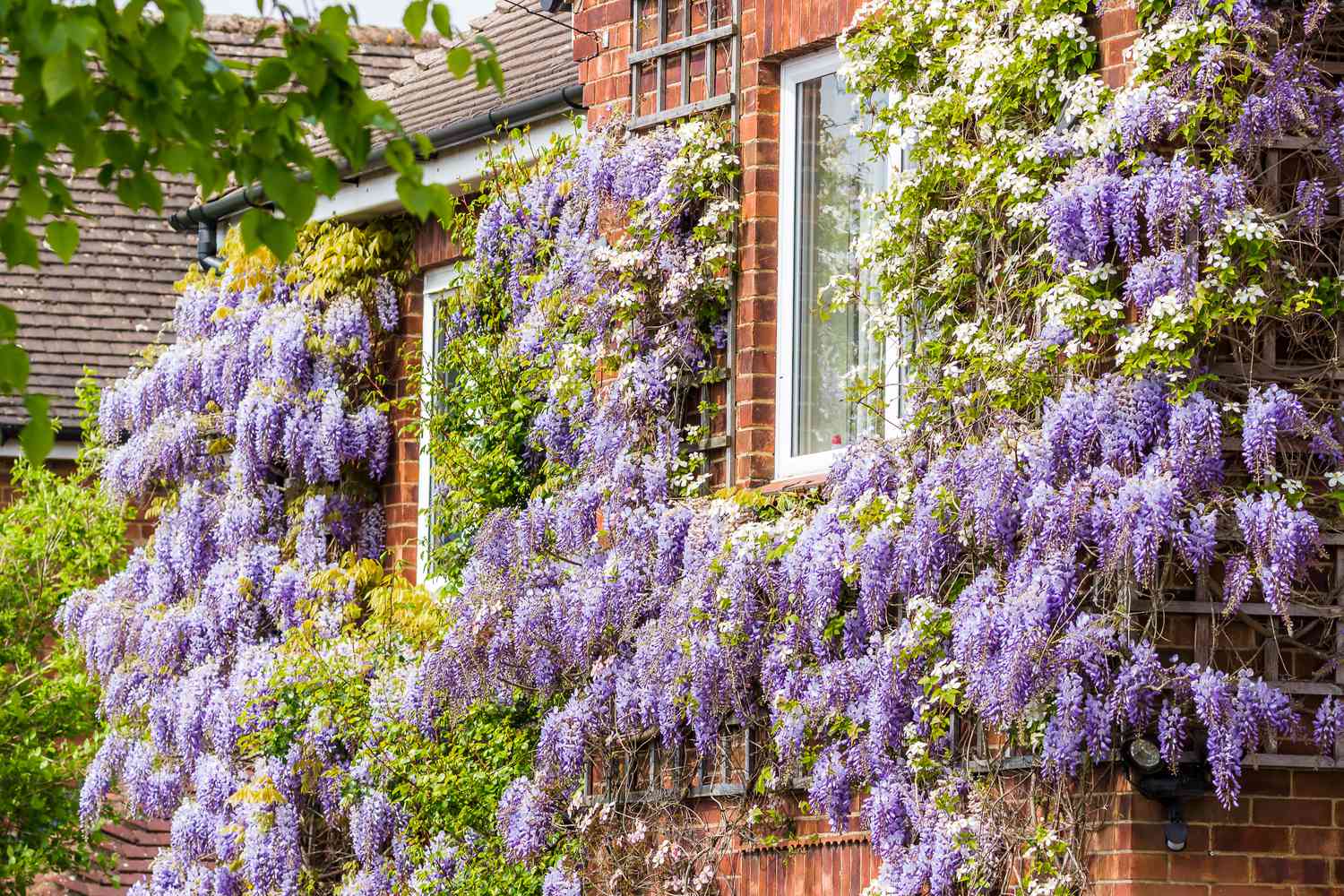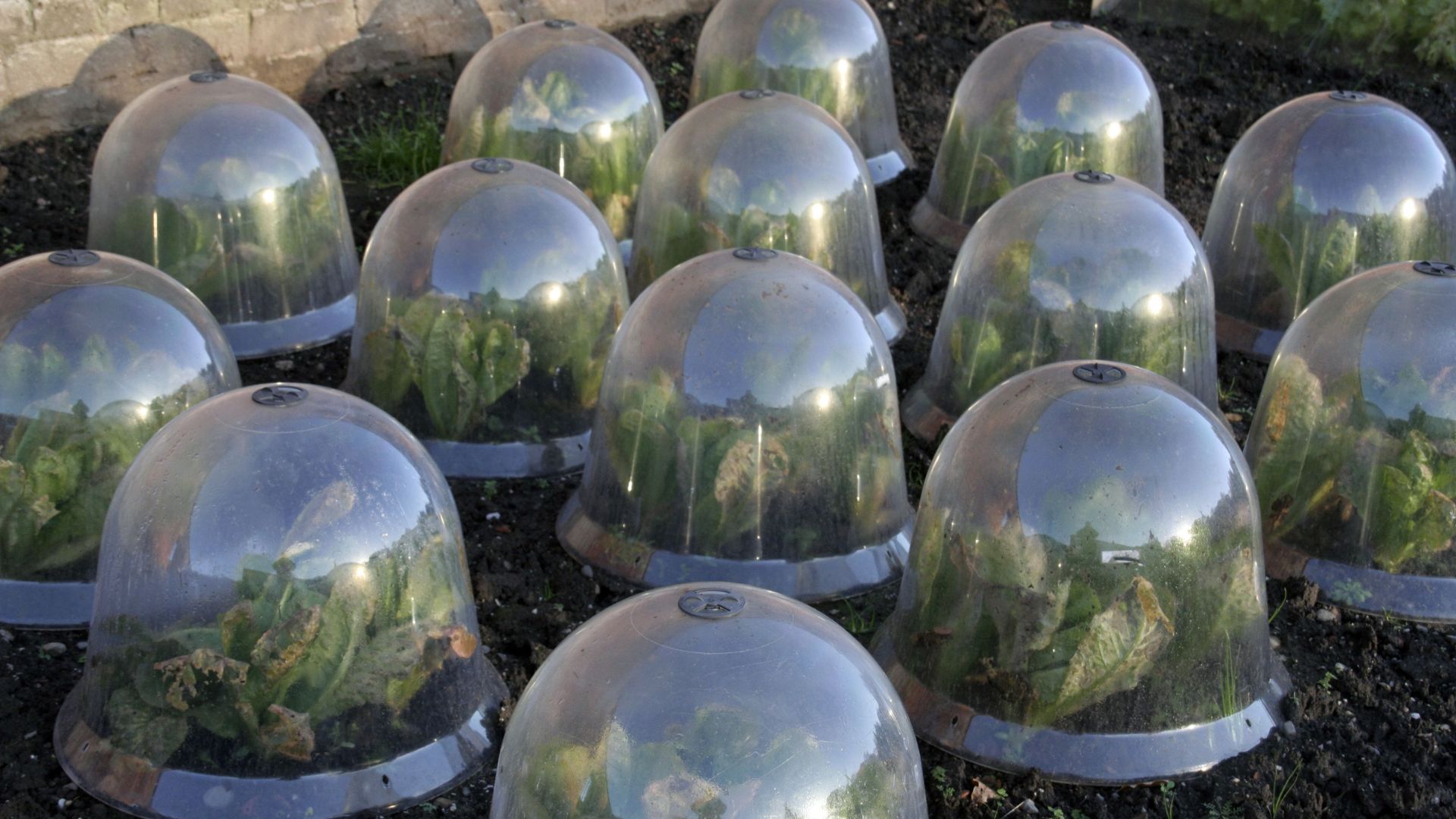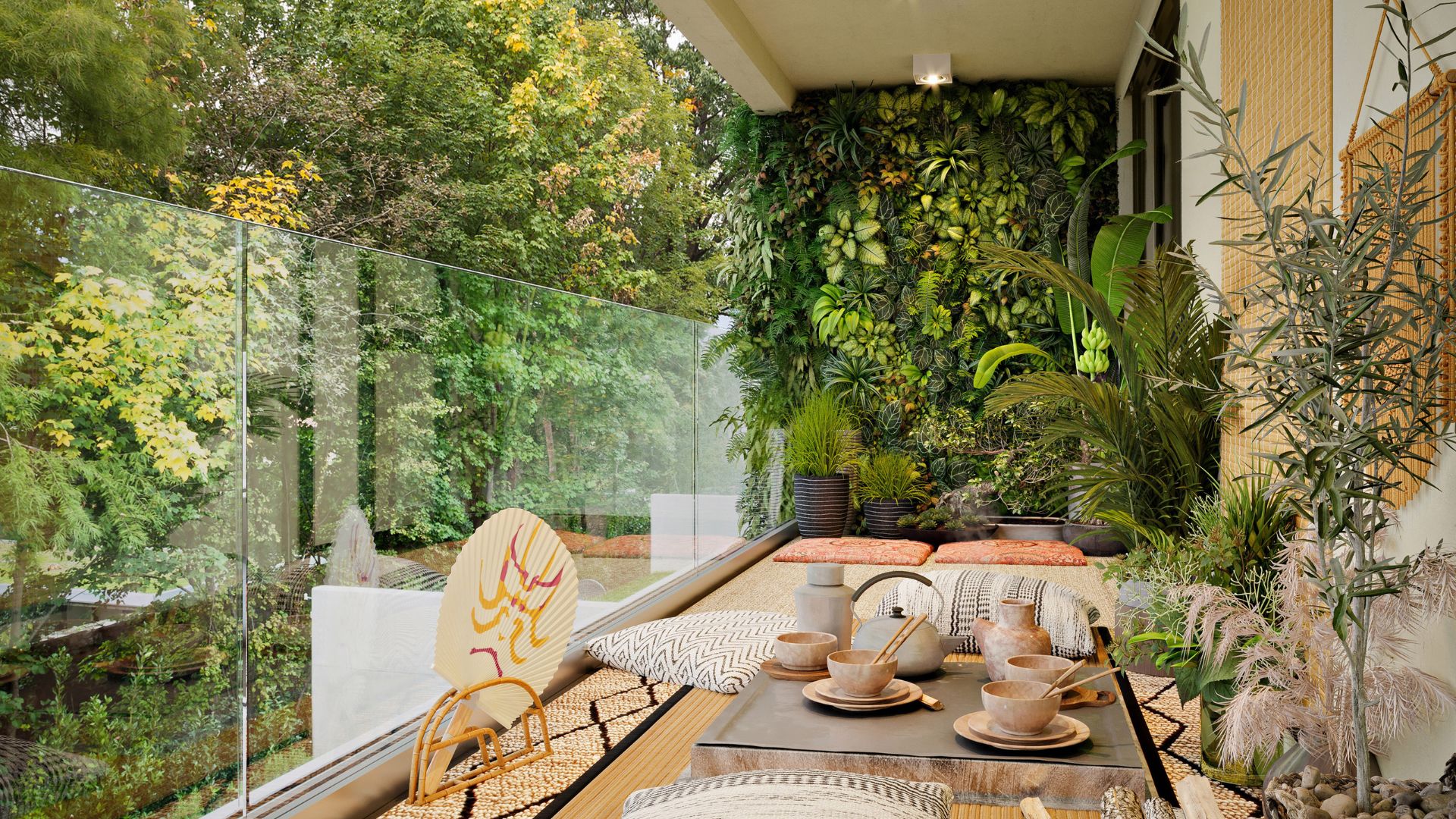Insect repelling outdoor plants arrangements help gardeners create outdoor spaces that are both beautiful and pest-free. By strategically placing plants that naturally deter insects, you can enjoy your garden, patio, or balcony without relying on chemical sprays. Moreover, these arrangements provide aesthetic appeal, attract pollinators, and contribute to a healthier ecosystem. Consequently, they offer an eco-friendly solution that combines practicality with visual interest.
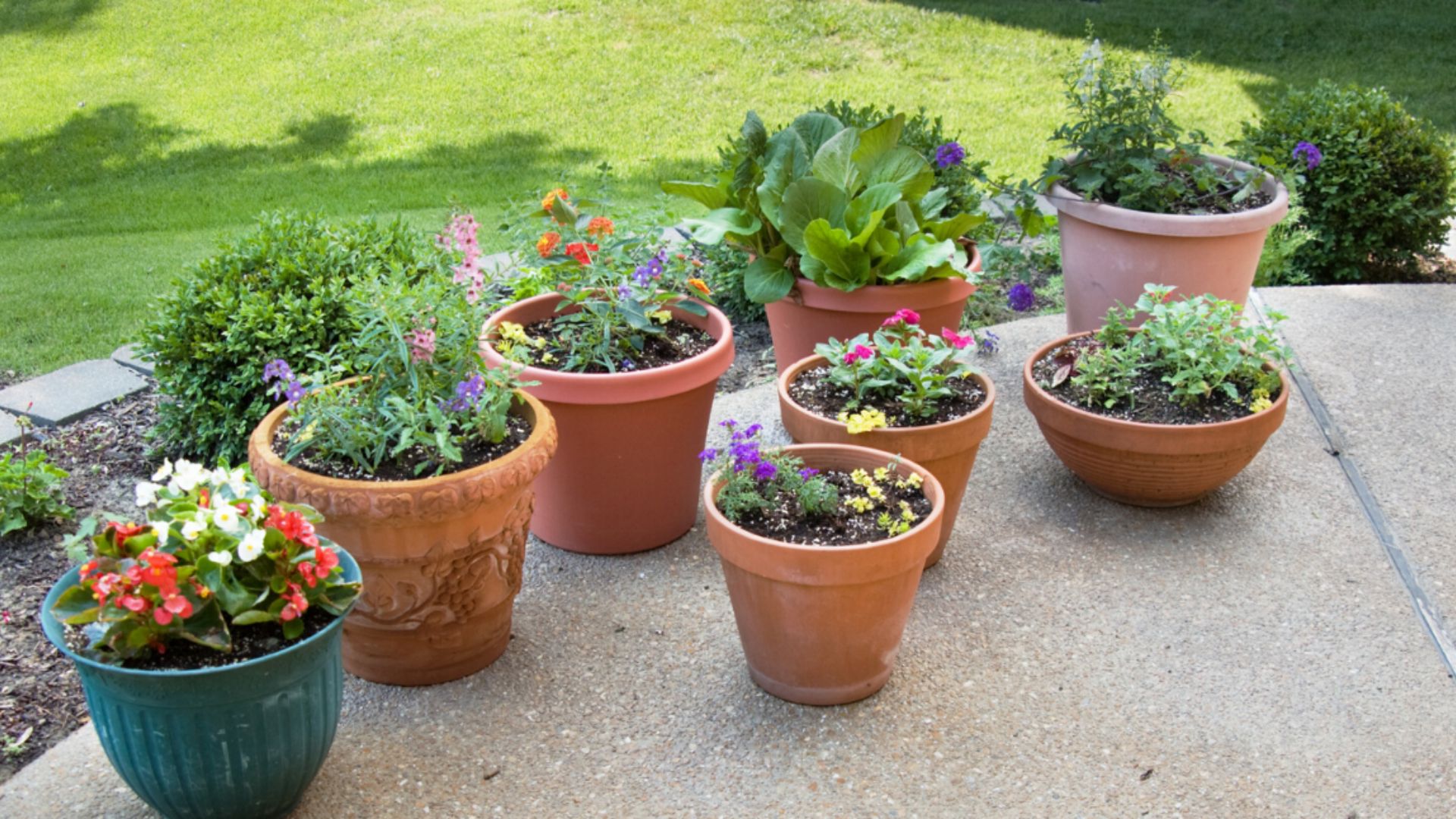
Benefits of Insect-Repelling Plant Arrangements
Arranging insect-repelling plants provides multiple advantages. First, they naturally reduce the presence of mosquitoes, flies, and other unwanted pests. Additionally, they enhance the beauty of outdoor spaces through varied colors, textures, and fragrances. Furthermore, such arrangements promote biodiversity by attracting pollinators like bees and butterflies, while deterring harmful insects. Overall, these arrangements create functional, safe, and visually appealing outdoor environments.
Economic Advantages
Insect-repelling plant arrangements can save money on pest control products. Since these plants naturally deter pests, you reduce the need for chemical sprays, traps, or professional treatments. In addition, these plants often require minimal maintenance, lowering long-term gardening costs. By combining practicality with aesthetics, gardeners achieve cost-effective and eco-friendly results.
Environmental Advantages
These arrangements support sustainable gardening practices. Plants that repel insects reduce the reliance on chemical pesticides, which can harm beneficial insects, soil, and water quality. Moreover, incorporating a variety of species enhances biodiversity and strengthens the resilience of your outdoor ecosystem. In short, these arrangements protect both your garden and the environment simultaneously.
Popular Insect-Repelling Outdoor Plants
Certain plants are particularly effective at repelling insects while adding color and texture to gardens.
1. Lavender
Lavender is widely known for repelling mosquitoes and flies. In addition, its fragrant flowers attract pollinators like bees and butterflies. Lavender thrives in sunny, well-drained areas and adds both beauty and aroma to outdoor arrangements.
2. Marigolds
Marigolds repel a variety of pests, including mosquitoes, aphids, and nematodes. Their bright orange and yellow flowers also enhance visual appeal. Planting marigolds along garden edges or near outdoor seating areas creates both functional and decorative benefits.
3. Rosemary
Rosemary deters mosquitoes, flies, and other insects while providing culinary use. Its woody structure and fragrant leaves make it an excellent addition to containers, borders, or mixed plant arrangements. Furthermore, rosemary is hardy and drought-tolerant, making it easy to maintain.
4. Citronella Grass
Citronella grass is a natural mosquito repellent. It works effectively when planted in containers near patios or walkways. In addition, its tall, decorative blades add height and texture to arrangements while providing functional protection against pests.
5. Basil
Basil repels flies and mosquitoes while enhancing the garden with fragrant leaves. It thrives in sunny areas and is ideal for pots or mixed garden beds. Moreover, harvesting fresh basil for cooking adds a dual-purpose benefit.
6. Mint
Mint is a fast-growing herb that deters mosquitoes and ants. Its vibrant green foliage adds freshness to arrangements. However, it should be contained in pots or planters to prevent spreading aggressively in garden beds.
Designing Effective Insect-Repelling Arrangements
Proper design ensures that plant arrangements maximize both aesthetics and pest control.
Layout and Plant Grouping
Group plants with similar growth habits and water requirements together. For example, combine lavender and rosemary for a sun-loving, low-maintenance cluster. Place taller plants at the back and shorter ones at the front to create layered visual interest while maximizing insect-repelling coverage.
Container and Vertical Arrangements
Use pots, raised beds, or vertical planters to create flexible arrangements. Containers allow you to move plants closer to seating areas, entrances, or patios where insect protection is most needed. Vertical gardens maximize space while maintaining effective coverage.
Companion Planting
Combine insect-repelling plants with decorative or flowering species to enhance both function and beauty. For instance, marigolds paired with petunias or salvia can create vibrant, multi-functional garden beds that repel pests and attract pollinators.
Seasonal Rotation
Some insect-repelling plants may be seasonal. Rotate annuals or replace spent plants to maintain continuous coverage throughout the year. This ensures both ongoing pest protection and a dynamic, visually appealing garden.
Lifestyle and Wellness Benefits
Gardens with insect-repelling arrangements provide healthier outdoor living spaces. They reduce irritation from pests, making patios and decks more enjoyable. Additionally, fragrant plants like lavender and mint enhance mental well-being by promoting relaxation, mindfulness, and connection with nature.
Challenges and Solutions
Challenges may include plant selection, sunlight requirements, and maintenance. Solutions involve choosing hardy, low-maintenance species suitable for your climate, grouping plants according to water and sun needs, and regular pruning. By planning strategically, gardeners can overcome these challenges and enjoy effective, attractive arrangements.
Conclusion
Insect repelling outdoor plants arrangements offer a practical, sustainable, and visually pleasing solution for pest-free gardens. By incorporating plants such as lavender, marigolds, rosemary, citronella grass, basil, and mint, gardeners can protect outdoor spaces naturally while adding beauty, fragrance, and function. Thoughtful design, layering, container use, and companion planting enhance effectiveness and visual appeal. Ultimately, these arrangements create enjoyable, safe, and eco-friendly outdoor environments that benefit both people and wildlife while maintaining a stunning garden aesthetic year-round.






